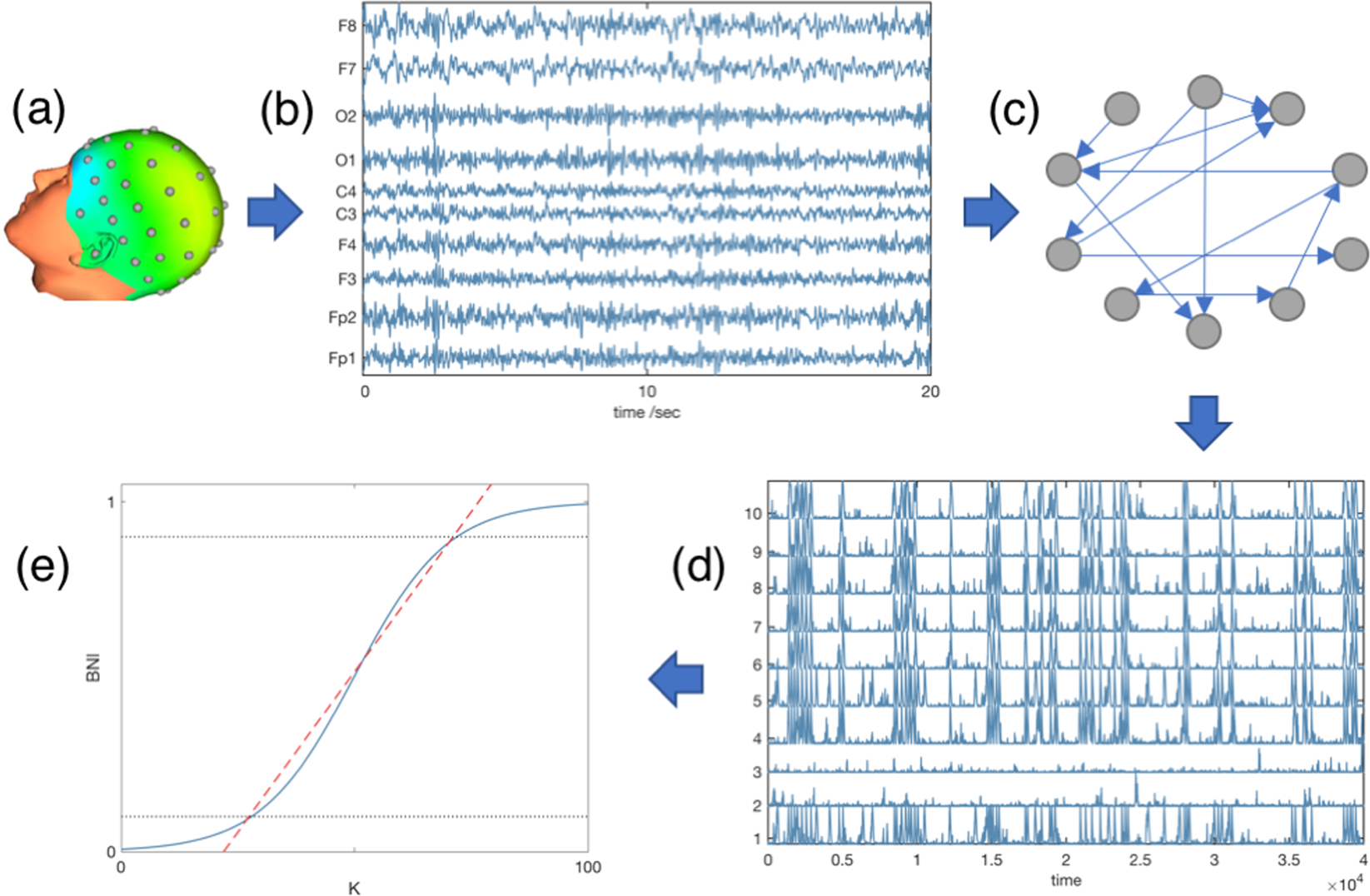

For example, alpha waves are seen over the posterior head regions in a normal awake person and considered as the posterior background rhythm. To localize the region of the brain from which a seizure originates for workup of possible epilepsy surgeryĮven normal EEG waveforms can be considered potentially abnormal, depending upon various factors.To characterize seizures to determine the most appropriate anti-epileptic medication.To determine whether to wean anti-epileptic medications.To provide ancillary brain death testing.To differentiate encephalopathy from psychiatric syndromes like catatonia.To distinguish epileptic seizures from psychogenic non-epileptic seizures, syncope (fainting), sub-cortical movement disorders, and migraine variants.

The electroencephalographer is expected to have the significant skills to recognize artifacts, and also an understanding of normal, benign variants. This article reviews the abnormal waveforms in EEG recordings. Deep electrical activity of the brain is not well sampled in an EEG using extracranial electrode monitoring.Ībnormal waveforms seen in an EEG recording include epileptiform and non-epileptiform abnormalities. In order to identify abnormal waveforms in EEG, the reader should have a basic understanding of the normal EEG pattern in various physiological states in children and adults. It represents fluctuating dendritic potentials from superficial cortical layers, which are recorded in an organized array pattern and require voltage amplification to be captured. It is a tracing of voltage fluctuations versus time recorded from multiple electrodes placed over the scalp in a specific pattern to sample different cortical regions. Review the clinical significance of epileptiform abnormalities noted on EEG recordings.Įlectroencephalography (EEG) was first used in humans by Hans Berger in 1924.Describe non-epileptiform abnormalities noted on EEG recordings.Outline the specific electrographic features of epileptiform abnormalities noted on EEG recordings.Identify various epileptiform abnormalities noted on EEG recordings.This activity reviews the abnormal waveforms in EEG recordings to help review these abnormalities for the clinical provider and improve patient outcomes. The electroencephalographer is expected to have the significant skills to recognize artifacts, and also have a thorough understanding of normal benign variants. In order to identify abnormal waveforms indicative of disease on an EEG, the reader should have a basic understanding of the normal EEG pattern in various physiological states in children and adults. However, the simultaneous use of both techniques has become increasingly common.Abnormal waveforms seen on an electroencephalogram (EEG) recording include epileptiform and non-epileptiform abnormalities. Subdural electrodes are usually better suited for evaluations of the cerebral surface across one or two lobes and when the evaluation must include an extraoperative mapping of cerebral function, as is possible by stimulating through the subdural electrodes. Regions that are not on the lateral cerebral surface include the medial surfaces and three-dimensionally complex abnormalities, such as schizencephalies. In general, depth electrodes are more helpful when the potentially epileptogenic region is not across the lateral cerebral surface, extends across much of a hemisphere, or includes regions of both hemispheres. The decision whether to use depth or subdural electrodes depends on which method best tests the hypothesis and provides the most useful information regarding the location and extent of the epileptogenic zone. Both depth and grid/strip EEG techniques are indicated for patients who are considering epilepsy surgery due to medication refractory seizures, whose noninvasive evaluation has not led to an adequate localization of the epileptogenic zone, yet provides sufficient evidence to produce a plausible hypothesis for the epileptogenic zone's location.


 0 kommentar(er)
0 kommentar(er)
